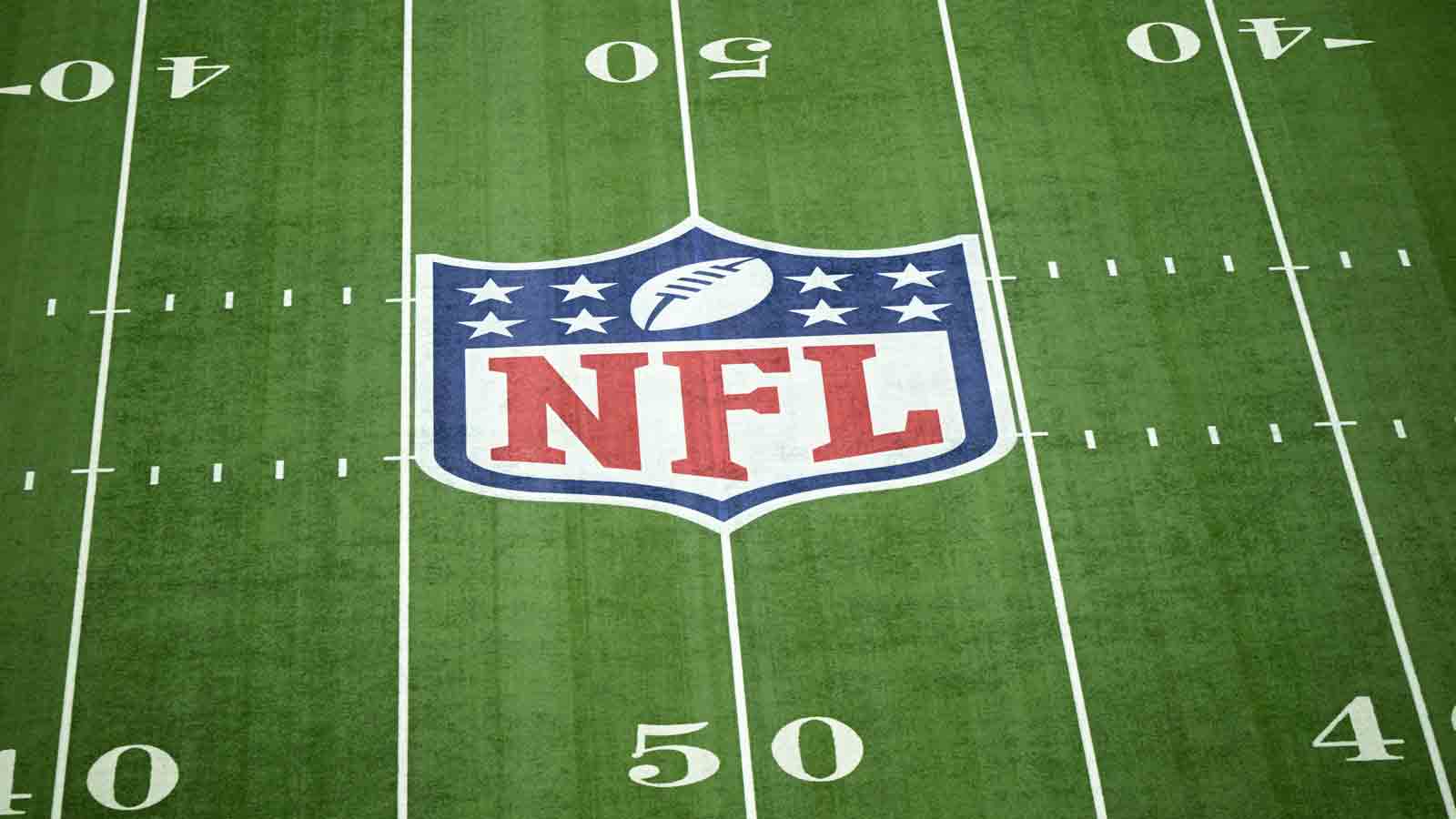Reduce Carbon Footprint: Pork vs. Cheese, SUV vs. Truck TEST
Pork vs. Cheese, SUVs vs. Trucks: Are You Environmentally Savvy? Take the Test!
Introduction: How Green is Your Daily Routine?
Imagine you’re ordering lunch in a restaurant, selecting a protein to add to your salad. What would be your best choice as far as carbon emissions? How would you judge?
Or, you’re about to go on vacation and must decide how to get there. What method of travel would contribute the most in greenhouse gas emissions?
If you don’t know, you’re not alone.
Researchers from Columbia Business School say that many ordinary Americans can’t estimate the carbon footprint of their everyday choices accurately – whether booking a hotel room or buying a burger.
The ubiquity of carbon incompetence is at the center of the recent study “Widespread misestimates of greenhouse gas emissions suggest low carbon competence.”
As you might expect, experts have a better grasp of the subject but for everyone else, political ideology, concern about climate change or confidence in their carbon knowledge failed to help.
That’s a problem for people who sincerely want to minimize their impact on the environment. It’s like trying to bake a cake without a recipe – you might end up with something edible, but it probably won’t be pretty. This article aims to give you a starting recipe, a basic understanding of the carbon footprint of common choices, and a fun quiz to test your environmental IQ.
The Carbon Footprint: What is it Exactly?
Before we dive into the quiz, let’s define our terms. What *is* a carbon footprint, anyway?
Simply put, it's the total amount of greenhouse gases (including carbon dioxide, methane, and nitrous oxide) that are generated by our actions. Every time we drive a car, eat a steak, or even turn on a light, we contribute to our carbon footprint. These gases trap heat in the atmosphere, leading to climate change.
Food for Thought: The Environmental Impact of Your Plate
Let's tackle the lunch dilemma. Which is the greener choice: pork or cheese?
The answer might surprise you. Cheese, particularly hard cheeses like cheddar or parmesan, often has a higher carbon footprint than pork. Why? Because dairy farming involves methane emissions from cows, and the production process for hard cheeses is energy-intensive.
Beyond Pork and Cheese: A Food Carbon Hierarchy
Here's a simplified hierarchy of food carbon footprints, from highest to lowest:
- Beef
- Lamb
- Cheese
- Pork
- Poultry
- Fish
- Eggs
- Vegetables
- Fruits
- Legumes
Choosing more plant-based options is a surefire way to reduce your dietary carbon footprint. Think of it like this: plants are the producers, while animals are the consumers. Each step up the food chain involves energy loss and increased emissions.
SUVs vs. Trucks: The Vehicle Dilemma
Now, let’s tackle transportation. SUVs or trucks – which one is the environmental villain?
Generally, larger vehicles like trucks tend to have higher carbon footprints than SUVs due to their lower fuel efficiency. However, this isn't a hard-and-fast rule. The specific model, engine type, and driving habits play a crucial role.
Factors Influencing Vehicle Emissions
Consider these factors when comparing vehicle emissions:
- Fuel Efficiency (MPG): The lower the MPG, the more fuel consumed, and the higher the emissions.
- Engine Size: Larger engines typically consume more fuel.
- Driving Habits: Aggressive driving (hard acceleration and braking) significantly increases fuel consumption.
- Vehicle Maintenance: Properly maintained vehicles run more efficiently.
The most environmentally friendly option is often a smaller, fuel-efficient vehicle, regardless of whether it's an SUV or a truck. And, of course, walking, biking, or using public transportation are even better!
Travel Troubles: Planes, Trains, and Automobiles
Planning a vacation? Let's examine the carbon footprint of different travel methods.
Air Travel: The High-Flying Polluter
Air travel is often the most carbon-intensive mode of transportation per passenger mile. Airplanes burn a lot of fuel, releasing significant amounts of greenhouse gases directly into the upper atmosphere. Flying is like taking a joyride with a chimney attached to your back.
Train Travel: A More Sustainable Route
Train travel is generally more environmentally friendly than flying, especially for long distances. Trains are more fuel-efficient and can carry a large number of passengers.
Automobiles: The Middle Ground
Driving can be a reasonable option, especially if you're traveling with a group and can carpool. However, the carbon footprint depends heavily on the vehicle's fuel efficiency and the number of passengers.
The Carbon-Conscious Traveler’s Checklist
- Consider taking a train or bus instead of flying.
- If you must fly, choose direct flights to minimize emissions.
- Opt for fuel-efficient vehicles for road trips.
- Explore local destinations instead of flying to faraway places.
Home Sweet (Sustainable) Home: Reducing Your Household Footprint
Your home is another significant contributor to your carbon footprint. Let’s look at ways to reduce it.
Energy Consumption: Turn it Down!
Reducing your energy consumption is one of the easiest ways to shrink your footprint. Think of energy as money – the less you use, the more you save, both for your wallet and the planet.
- Switch to energy-efficient appliances and light bulbs.
- Unplug electronics when not in use.
- Adjust your thermostat to reduce heating and cooling costs.
- Consider installing solar panels.
Water Usage: Conserve Every Drop
Water conservation also plays a role. Water treatment and distribution require energy, so reducing water usage indirectly reduces your carbon footprint.
- Fix leaky faucets and toilets.
- Take shorter showers.
- Water your lawn efficiently.
The Role of Recycling and Waste Reduction
Reducing waste and recycling are crucial for minimizing your environmental impact. Landfills are major sources of methane, a potent greenhouse gas.
Reduce, Reuse, Recycle: The Holy Trinity of Sustainability
- Reduce: Minimize your consumption of goods and services.
- Reuse: Find new uses for old items instead of throwing them away.
- Recycle: Properly recycle materials to reduce the need for virgin resources.
Beyond Individual Actions: Systemic Change
While individual actions are important, systemic change is necessary to address climate change effectively. Support policies and businesses that promote sustainability.
The "Better for the Environment" Quiz: Test Your Knowledge!
Okay, time to put your newfound knowledge to the test! Answer these questions to see how environmentally savvy you are.
- Which has a higher carbon footprint: 1 kg of beef or 1 kg of chicken?
- Which is generally more sustainable for a long trip: flying or taking a train?
- Which consumes more energy: leaving a light bulb on overnight or using a dishwasher?
- Which creates more methane: a landfill full of food waste or a healthy forest?
- Which is better for the environment: buying local produce or imported produce?
Answers and Explanations
- Beef: Beef production requires significantly more land, water, and feed compared to chicken production, resulting in a much larger carbon footprint.
- Taking a train: Trains are generally more fuel-efficient and can carry more passengers than airplanes, making them a more sustainable option for long trips.
- Using a dishwasher: While it depends on the efficiency of the appliances, a dishwasher typically consumes more energy than leaving a light bulb on overnight.
- A landfill full of food waste: Decomposing food waste in landfills releases methane, a potent greenhouse gas. Forests absorb carbon dioxide.
- Buying local produce: Buying local reduces transportation emissions and supports local farmers.
Scoring Your Environmental IQ
How did you do?
- 5/5: Environmental Guru! You're a true champion of sustainability. Keep up the great work!
- 3-4/5: Environmentally Aware: You have a good understanding of environmental issues. Keep learning and refining your practices.
- 1-2/5: Room for Improvement: Don't worry, we all start somewhere! Use this article as a starting point to learn more and make more sustainable choices.
- 0/5: Eco-Novice: That's okay! This article provides you with a great starting point to start your learning and make more sustainable choices.
Conclusion: Every Choice Matters
Understanding the carbon footprint of our daily choices is the first step towards creating a more sustainable future. While it's impossible to be perfectly "green," every effort to reduce our environmental impact makes a difference. From choosing plant-based meals to conserving energy and supporting sustainable businesses, we all have a role to play.
Frequently Asked Questions (FAQs)
- What is the single most impactful thing I can do to reduce my carbon footprint? Reducing meat consumption, particularly beef, is often cited as the most impactful individual action.
- Are electric cars really better for the environment? Yes, electric cars generally have a lower carbon footprint than gasoline-powered cars, especially when powered by renewable energy sources. However, the manufacturing process of electric car batteries does have an environmental impact.
- How can I calculate my personal carbon footprint? There are many online carbon footprint calculators available. They typically ask about your lifestyle, consumption habits, and travel patterns.
- What is "carbon offsetting" and is it effective? Carbon offsetting involves investing in projects that reduce greenhouse gas emissions, such as reforestation or renewable energy development. While it can be helpful, it's important to choose reputable carbon offsetting programs and prioritize reducing your own emissions first.
- Is it better to buy new energy-efficient appliances or keep my old ones until they break? It depends on the efficiency difference. If your old appliances are very inefficient, replacing them with new, energy-efficient models will likely save energy and reduce your carbon footprint over time. However, consider the environmental impact of manufacturing new appliances and disposing of old ones.

